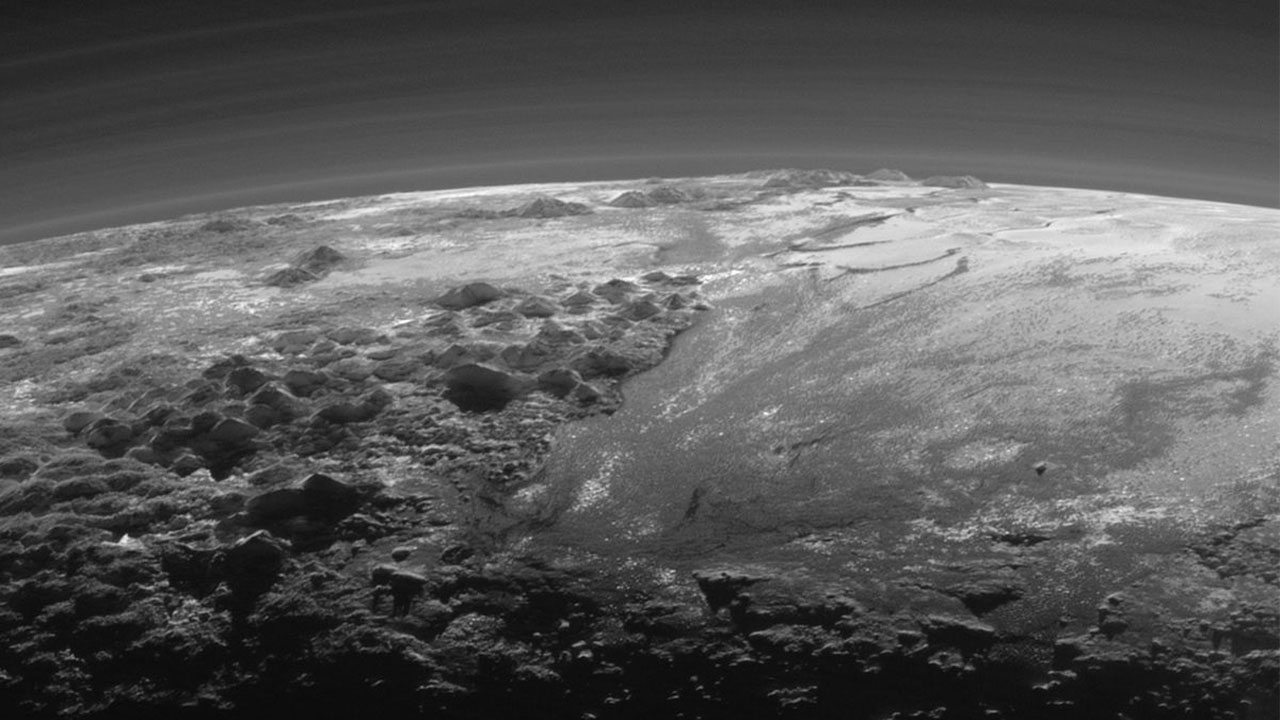How is it that space telescopes, which allow us to see galaxies thousands of light years away, cannot photograph the surface of planets. Let’s take a closer look at how telescopes are both so powerful and so weak.
Space, which humanity has been wondering about for hundreds or even thousands of years, is finally being explored, albeit slowly, with space telescopes. started. Thanks to space telescopes like Hubble and James Webb, planets thousands or even hundreds of thousands of light-years away. we can photograph.
But somehow these space telescopes cannot view the surfaces of planets. How can these technological devices that take pictures of galaxies perform such a ‘simple’ task? can’t fulfill? Let’s take a closer look at how telescopes work and why this is not possible.
Let’s first understand the working logic of telescopes
In fact, in order to understand the answer to this question, we first need to know how telescopes work. As many people know, telescopes detect the light in the direction they are pointed at. with the help of lenses It gives us an image by focusing. However, in space telescopes, the situation is slightly different. Space telescopes, on the other hand, use a few huge lenses and dozens of mirrors. collects the maximum amount of light.
Space telescopes have parts called mirrors. These parts collect the rays from the celestial bodies and send them to the lenses inside the telescope that detect different types of light. Infrared These lenses, which separate the lights such as ultraviolet and ultraviolet, collect the rays coming from dozens of mirrors and send them to the experts on our planet. Later experts, images from by combining creates the amazing space photographs we see.
Why can’t we photograph the surfaces of planets when we photograph galaxies?

Space telescopes, equipped with lenses and mirrors at the peak of technology, can deliver images of galaxies thousands of light years away from our planet. This is because galaxies very, very big. To give an example, the Milky Way Galaxy, which we are also in, is actually so large that it is just above the Sun, whose radius is 696,340 km. 890 billion times larger.

When this is the case, it is much easier for telescopes to catch the light emitted by gigantic galaxies. Space telescopes, tuned to collect a certain amount of light, reveal planets that look like dust grains compared to galaxies. has trouble catching ‘faded’ lights. Of course, there are also clouds of dust and gas that cover the atmospheres of some planets. must not forget. When this is the case, these telescopes, which photograph huge galaxies, cannot help us observe planets.
So how do they photograph galaxies thousands of light years away?

Because galaxies are huge, they can emit a lot of light. The rays they send are so strong that space telescopes even thousands of light years away can detect. But of course, just because we’re photographing that galaxy right now doesn’t mean it exists right now. If you are photographing a celestial object 1 million light years away, it is You take a picture of yourself 1 million years ago. means. So actually none of the galaxies currently photographed by the James Webb Space Telescope. may not exist.
Scientists are constantly working to produce more advanced telescope lenses and mirrors. Who knows, maybe we can photograph the planets of those distant galaxies in the future.
